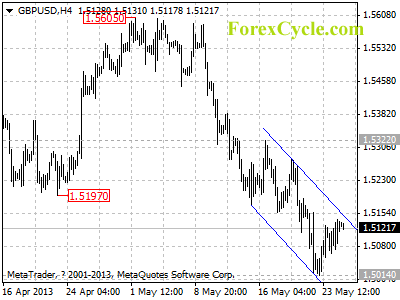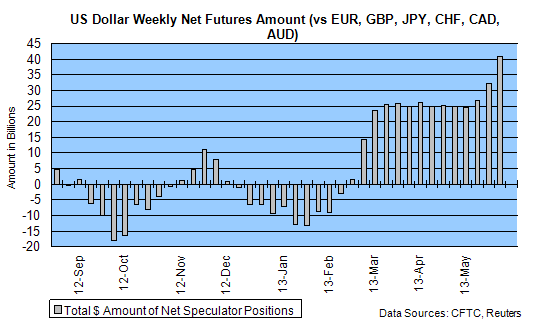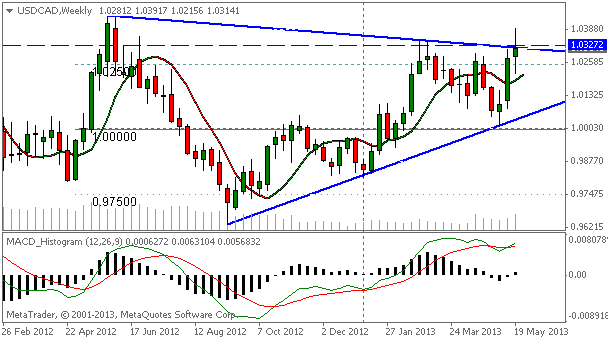By MoneyMorning.com.au
Health: New Brain Tech to Keep Athletes Safe
Companies that use technology to make people safer are good for the world. And one industry where safety is paramount is professional sports.
In general most people love some kind of sport. For some it’s football. And when watching a gladiatorial game of football there’s not much better than a bone crunching tackle or high flying display of athleticism.
But sometimes the repercussion of players putting their bodies on the line is severe. It frequently has short term effect on their health. But the long term effects are now also starting to be recognised.
One of the serious long term effects contact sports have on players is mental illness. This is a direct result of Sports Brain Injuries (SBI). Multiple concussions over a prolonged period are a main cause of long term mental illness in ex-players.
In the NFL (American Football) ground-breaking research is underway into the effect of multiple concussions on players over time. The NFL has admitted there is an overly high risk of concussion and long term mental illness in their game. This reached boiling point early April with over 4,000 past players suing the NFL for their part in allegedly hiding the consequences of concussion injuries.
For one pioneering company technology is the answer to preventing SBI. Their aim is to ensure the protection and safety of all contact sports players.
The company is called X2 Biosystems. Their field of expertise, SBI analysis of athletes. X2 has two main technologies, the xGuard and xPatch. The xGuard is a mouthguard and the xPatch is an adhesive sensor placed behind the ear. Both contain lots of sensors, microchips, gyroscopes and accelerometers.
 Source: X2 Biosystems
Source: X2 BiosystemsDuring the course of a game, players will make contact with each other. As impact occurs it triggers the sensors in X2′s devices. This creates a large range of data which the doctor will use to diagnose a concussion.
It’s a much clearer data driven approach to diagnosing on field concussions, rather than some of the more subjective testing that occurs today.
We wouldn’t be surprised if every major football code across the world ended up using X2′s devices with players.
Next season the NFL will use X2′s devices across the league. And it will be only a matter of time before AFL teams here in Australia start to look at this tech and roll it out across all levels of competition.
ENERGY: Tesla’s Arrow is Avisio’s Reality
Nikola Tesla was a wizard of his time. He was an early pioneer of electricity and invention. He’s widely recognised for his great showmanship and mind blowing inventions.
One of his more ‘out-there’ inventions was his version of an electric car. But it’s a mysterious story. The tale is Tesla took a Pierce-Arrow car, removed the gasoline engine and put in his own ‘black box’ electric engine.
This is where it gets really interesting. Tesla’s electric engine needed no charging. It simply used free electrical energy to power the vehicle and make it run. It created its own power as it moved.
Allegedly the car reached a speed of 90 mph and Tesla drove it over 50 miles without incident. No one has ever seen the vehicle since, nor found any further record of its existence. The mysterious nature of its construction and the secrecy Tesla had over it means no one is really even sure if Tesla’s invention was even real.
However we’re not in 1931 anymore. And there is a genius engineer named Ismael Avisio who has devised a modern version of Tesla’s electric car. This breakthrough has given some legitimacy to Tesla’s genius over 80 years ago.
Avisio’s car has an electric motor that generates more energy than it uses. The car is equipped with an antenna that catches energy signals from invisible radiofrequency. Using this radiofrequency it generates power for the car.
And this isn’t another snake oil tale. The Philippine Department of Energy has independently validated Avisio’s technology.
In short, Avisio has made an electric car that never needs charging, and in theory will never run out of charge. It’s the most cutting edge breakthrough since Tesla’s Arrow.
TECHNOLOGY: If You Make TV Remotes for a Living, Find a New Job
It’d be remiss of us not to mention the serious heat that’s building between two of the biggest tech giants, Microsoft and Sony.
It’s a genuine battle for control of your living room. No doubt Apple will saunter into this battle later this year, but for now the two key devices are the Xbox One, and the PlayStation 4.
Some might suggest these are just the two new gaming consoles from Microsoft and Sony. But they’d be wrong. Sure you can play games on the new devices, but that’s not the target here.
The holy grail for these companies is having full control of your TV; what you watch, how you watch it and the user experience of it all.
That’s why the newly launched Xbox One is being touted as the all-in-one entertainment experience.
 Source: xbox.com
Source: xbox.comSay goodbye to your remote control. With Xbox One you simply talk to it and use hand movements to control the box. The whole entertainment experience literally has you as the control.
Want to start it up? Say, ‘Xbox on.’ Not only does it start up, it recognises your voice and opens to a home page with your own preferences.
Want to watch a TV channel? Say ‘Watch MTV.’ And instantaneously the box will switch to MTV. Want to see what’s on later in the day? Just ask to see the guide. Want to play a game? Just ask. It’s as seamless and interactive experience as we’ve ever seen with a media hub.
One step further is the full integration of Skype (now it makes sense why Microsoft bought Skype for $8.5 billion). So if you want to watch a footy game with your mates around the world, no problem. Skype them in and you can sledge each other in real time.
Sony is yet to release the PlayStation 4, but will do so in about 3 weeks. Microsoft has set the bar extremely high, so we wait in anticipation as to how Sony’s going to top this. Microsoft has significantly more to lose, with the Xbox platform making up over 20% of total revenue. And they’ve certainly done their best to make sure this One’s a winner.
Sam Volkering
Join Money Morning on Google+
Technology Analyst, Money Weekend
Ed Note: Sam Volkering is assistant editor and analyst for a new breakthrough technology investment service to be launched by Money Morning editor Kris Sayce. The breakthrough technology service will introduce cutting edge investment ideas from the technologies of the future, including medicine, science, energy, mining, and more.
From the Archives…
The Foundations for the Great Lie We Have Built Our Lives Upon
17-05-2013 – Vern Gowdie
How the Aussie Dollar is Running Out of Friends, Fast
16-05-2013 – Murray Dawes
STOP PRESS…Resource Stocks Pay Dividends Too
15-05-2013 – Dr Alex Cowie
‘Best Week in Four Years’: Resource Stocks are Starting to Move…
14-05-2013 – Dr Alex Cowie
Why You Won’t See Me on ABC or CNBC Discussing Financial Markets…
13-05-2013 – Kris Sayce







